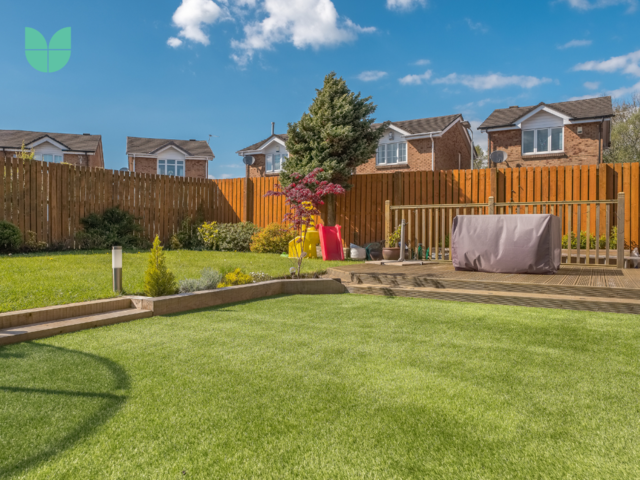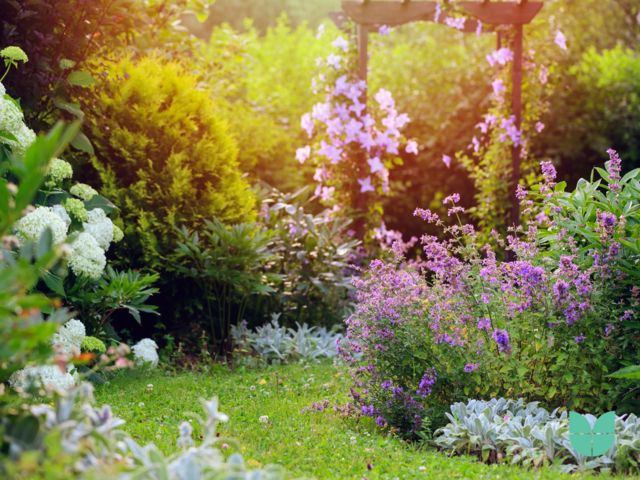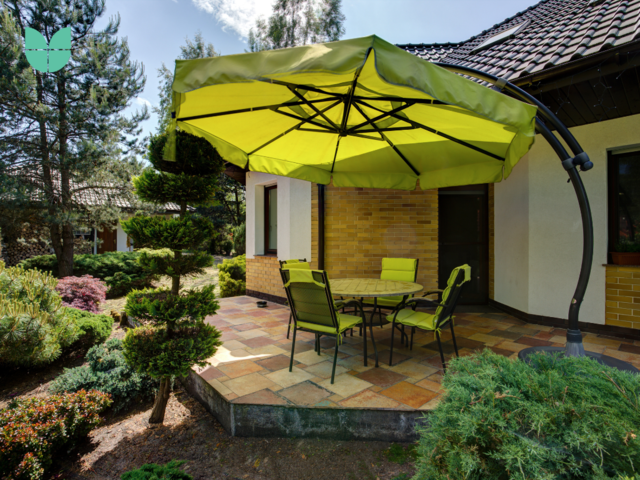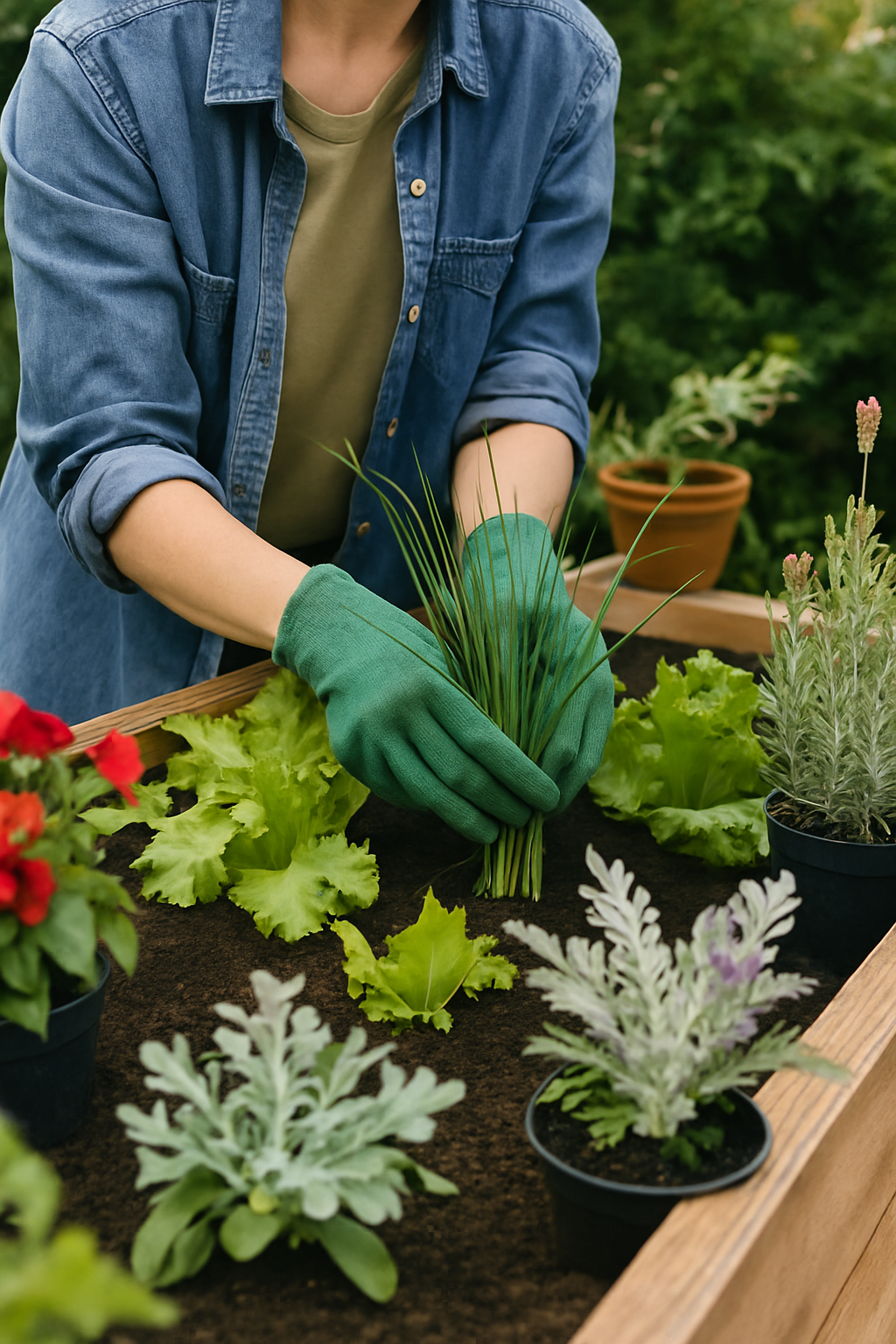Whether you need an escape from the chaos of city streets or you are simply looking for some breathing space to call your own, your garden can be that safe haven of peace and serenity. Time alone in the fresh air and sitting among nature is a tried and tested treatment for anxiety and stress. It is important to feel there is a safe space to call your own and when that can be created in a beautiful natural and tranquil setting, that’s a win win! With a little planning and some careful consideration, a little slice of natural heaven can be yours - in your own backyard. In this article, we will look at the art of constructing a quiet garden, including practical advice and imaginative ideas to help you turn your outdoor space into a private retreat.

Evaluating Privacy Needs
Before you begin, ask yourself the question - what kind of privacy do you want? Are you creating a space away from the prying eyes of nosy neighbours, or are you blocking an unsightly view? Perhaps you just want somewhere that feels secluded so you can invite friends and family to socialise? Some people want that secret isolated space where nobody can bother them and they can sit and read and enjoy the solace.
Whatever the motivation, there can be different requirements to meet different levels of privacy.
Start with the surroundings and any potential obstacles. Are there nearby structures, fences, and landscaping that may interfere with your garden's privacy? Understanding how much solitude you want will inform the next steps in constructing a quiet garden to meet your needs.
Layout & Design
You want to create a secluded space but it’s important not to make it claustrophobic or too blocked off. The layout and the style will ultimately dictate the feeling and overall success of your plan. First decide where to place the private area and how you will create borders around it. If you can strategically place bushes and hedges, that is always a more subtle option but good quality fences and barriers can also result in beautiful designs.
Where possible, try to incorporate natural elements such as tall trees and lush vegetation and evergreen plants are especially useful for year-round privacy. Take the time to incorporate a natural aesthetic in your space ensuring it is married with function.
Plant Selection
While planting may seem like a natural selection for creating borders and barriers in a garden, the wrong choices can result in disaster. Bamboo, evergreen trees, and tall grasses are good choices for dense foliage and lofty growth tendencies. These plants not only look great, but they also act as natural noise barriers.
Again, beauty and function must come together so it’s important to remember that a plant’s growth rate and maintenance need to suit your private garden needs.

Vertical Elements
Vertical components are a clever way to create that feeling of cosy seclusion while ensuring you are safe from prying eyes. Install pergolas, trellises, and screens and cover them with climbing plants like ivy, wisteria, or climbing roses. These are a stunning way to enclose a space while filling it with lush greenery.
If planting climbers is not an option for you, don’t be afraid to bring the inside out. Outdoor curtains and shades create a quiet and closed off area that can be fun or indeed, very chic.
Water Features
The sound of trickling water is a relaxing and meditative delight to the senses and can even serve to drown out unwanted sounds from elsewhere. Water features also add interesting visual elements to a space as a focal point or central point to anchor a design. Water is known for its calming quality and when placed near seating in a secret garden, where solace and tranquillity are the goal, it is an ideal addition to a garden design.
Lighting
Lighting is a perfect method of elongating your time in the garden. A private, enclosed space can become very dark when the sun goes down but with strategically placed lightning, it can also come alive at night.
Uplights and downlights can be used to highlight plants and architectural details while still maintaining a sense of solitude. But keep in mind that lighting is also a safety feature so soft path lights or warm lanterns can help guide you at night.
When planning your lighting, keep both security and privacy in mind. Soft, warm lighting can create a welcome and private ambiance where harsh lighting can draw unwanted attention from outside.
Seating
The aim of a private garden space is often to sit alone with a book or to socialise with friends. This means that seating is a must. Seating can be hidden or disguised behind pergolas, tall vegetation, or even garden walls. It is fun to discover a hidden seated space in a camouflaged nook in a garden and it gives you a sense of privacy so you can spend more time feeling comfortable outside.
Adding comfy chairs, pillows, and decorations to seating can not only add comfort, but it allows you to create a style or colour palette to make it feel like home. To create a warm and inviting ambience, consider adding an outdoor fireplace or a fire pit.
Noise
It is rare that a garden enjoys an entire day of peace and quiet and while creating an area of serene calm is the aim, outside noise can be an unwelcome distraction. Dense flora and greenery will absorb noise and tall trees and shrubs operate as sound barriers. If this is not enough, there are also sound absorbing materials that can be incorporated into your garden. Soft surfaces, such as outdoor rugs, cushions, or fabric panels, can help soften the noise and can create a stylish outside space.
Longevity and maintenance
The sustainability and ease of upkeep of a private garden can be the difference between success and failure. Regardless of the beauty or indeed functionality of a new garden design, the user must be in a position to maintain and manage its lifespan. It’s best to choose low-maintenance plants but to keep a garden's privacy-enhancing features in good condition, regular pruning and trimming will be required. Think about the long-term viability of your design decisions which also applies to the materials in the structures, seating and paving.
Designing a private garden allows you to create a personal hideaway where you can escape the stresses of everyday life. With just a few sensible considerations a stunning secret garden can be created in almost any outside space. Begin with carefully assessing your privacy needs and then look at the layout, the plants, and features that can work for you. Remember to think about acoustics and lighting, as well as the long-term upkeep of your design decisions.
Discover the world of garden design and create your own tranquil sanctuary! Enrol in our garden design courses now and unlock the secrets to designing outstanding gardens.


